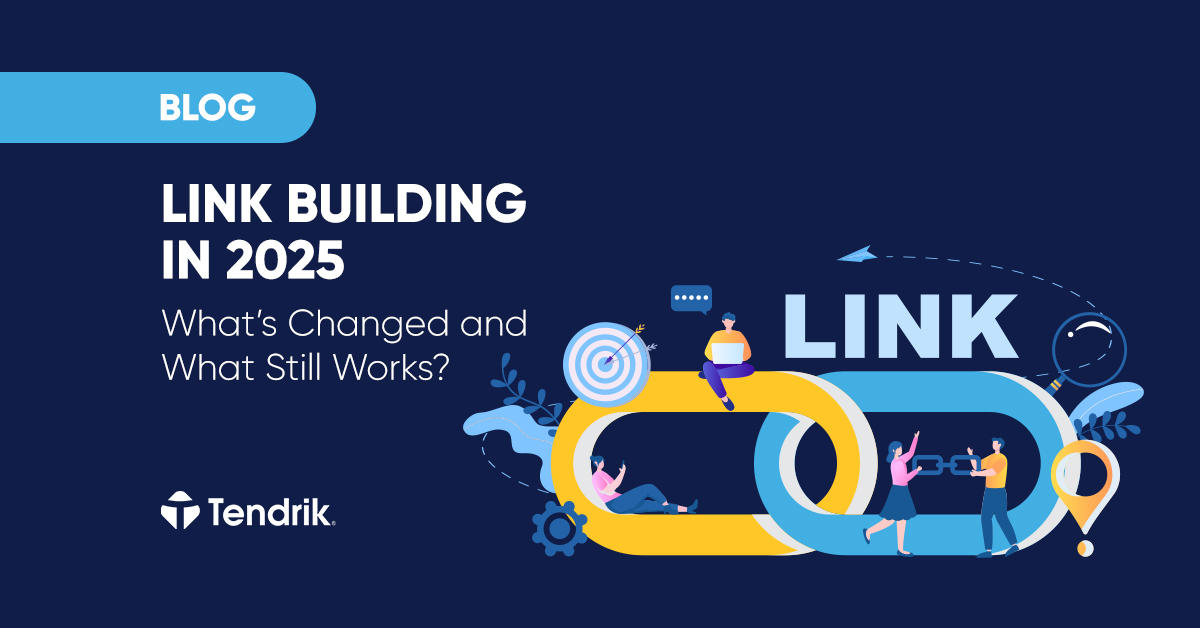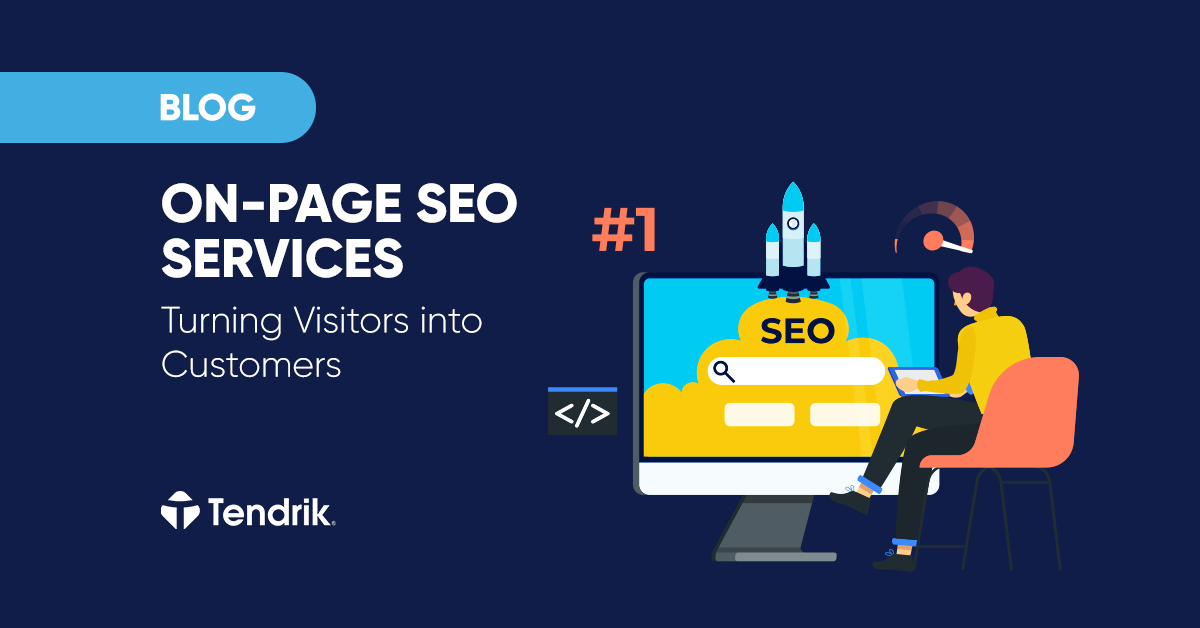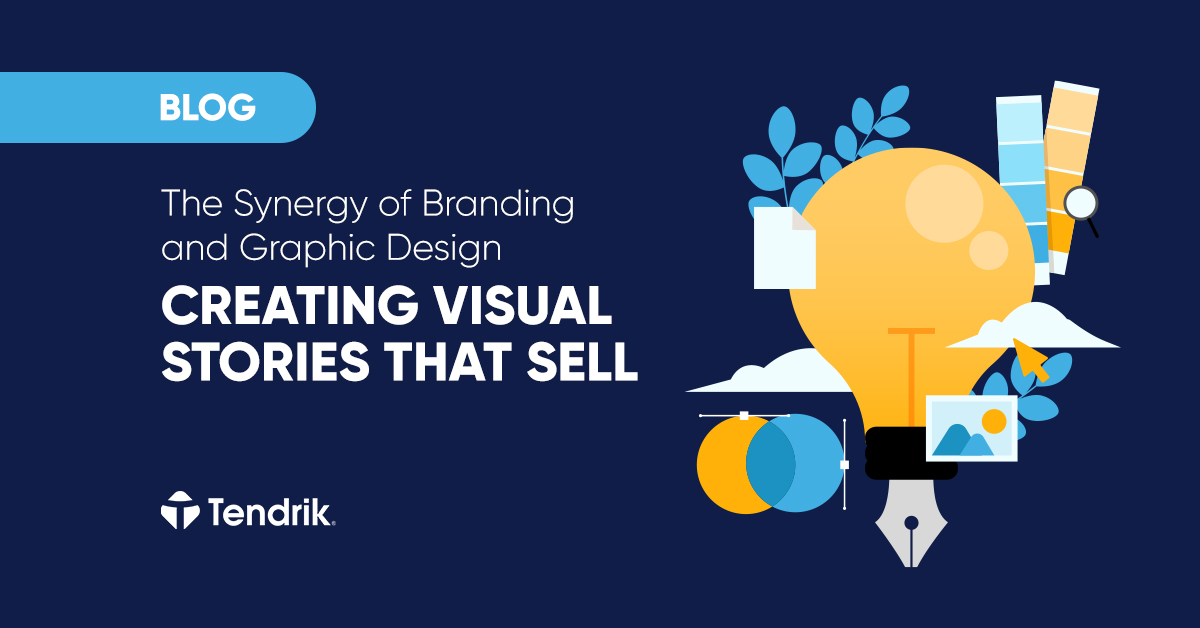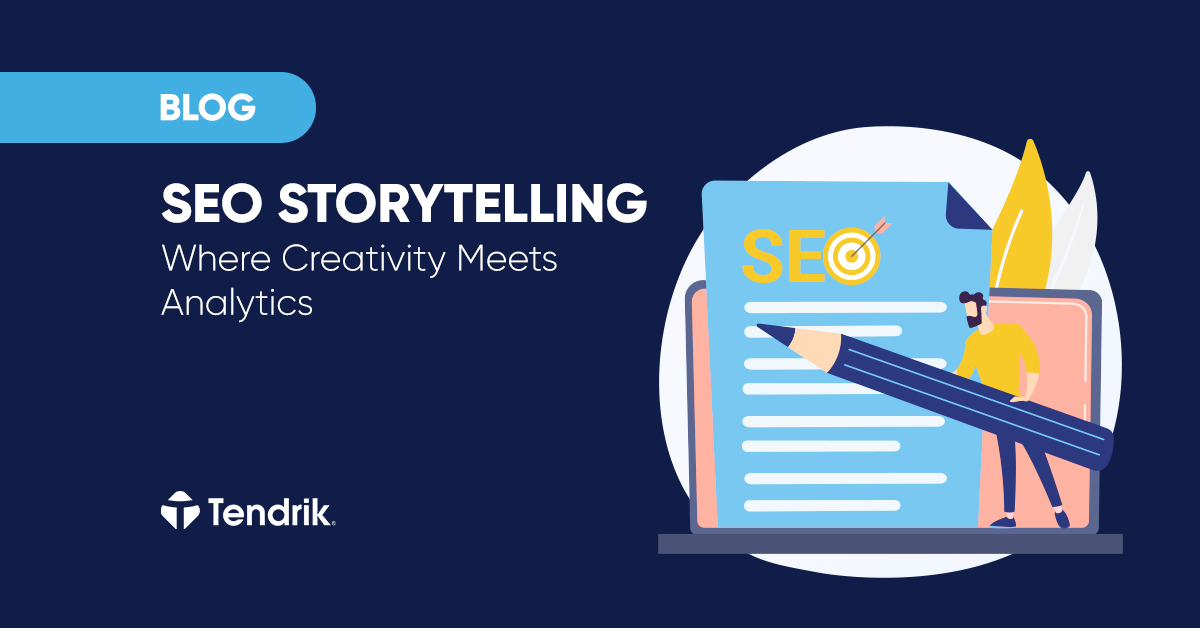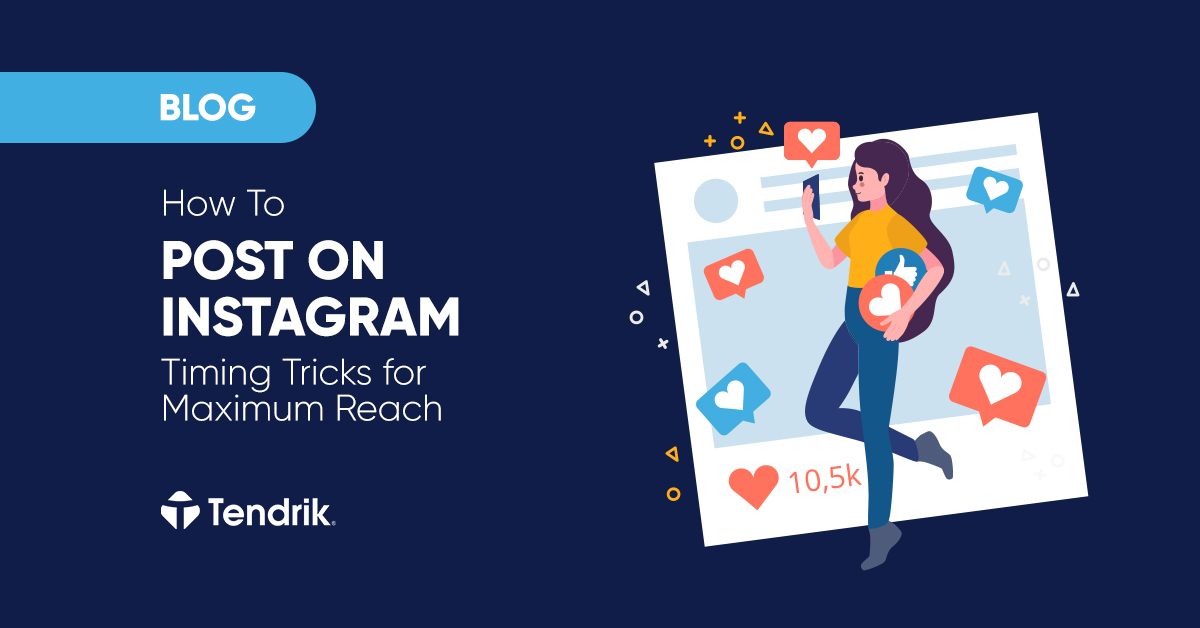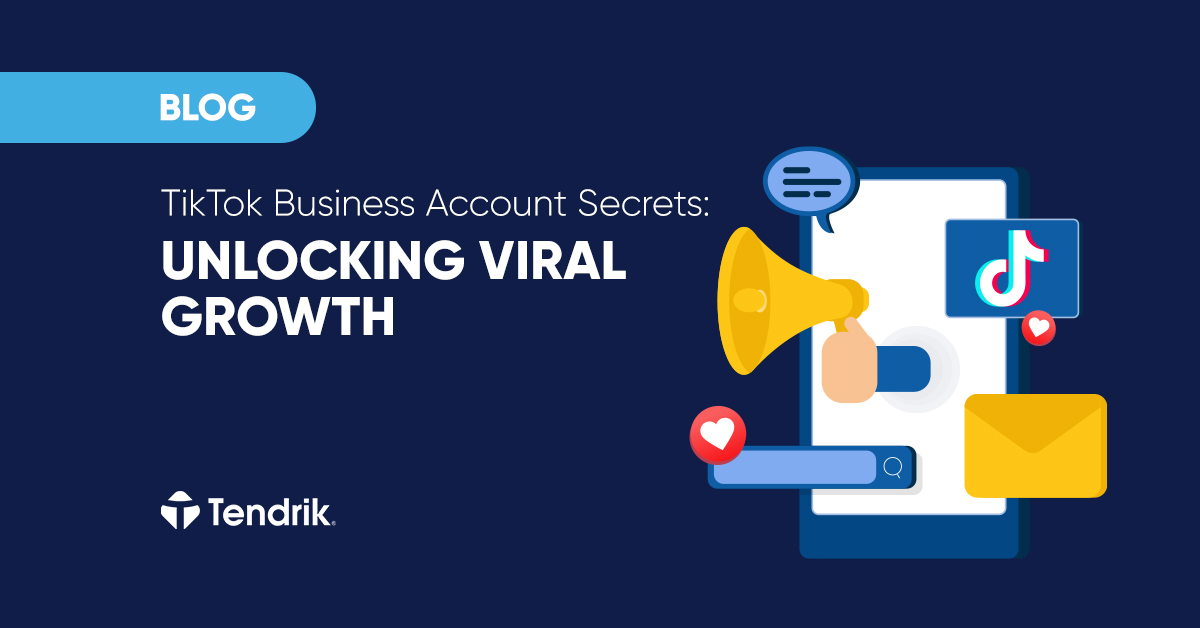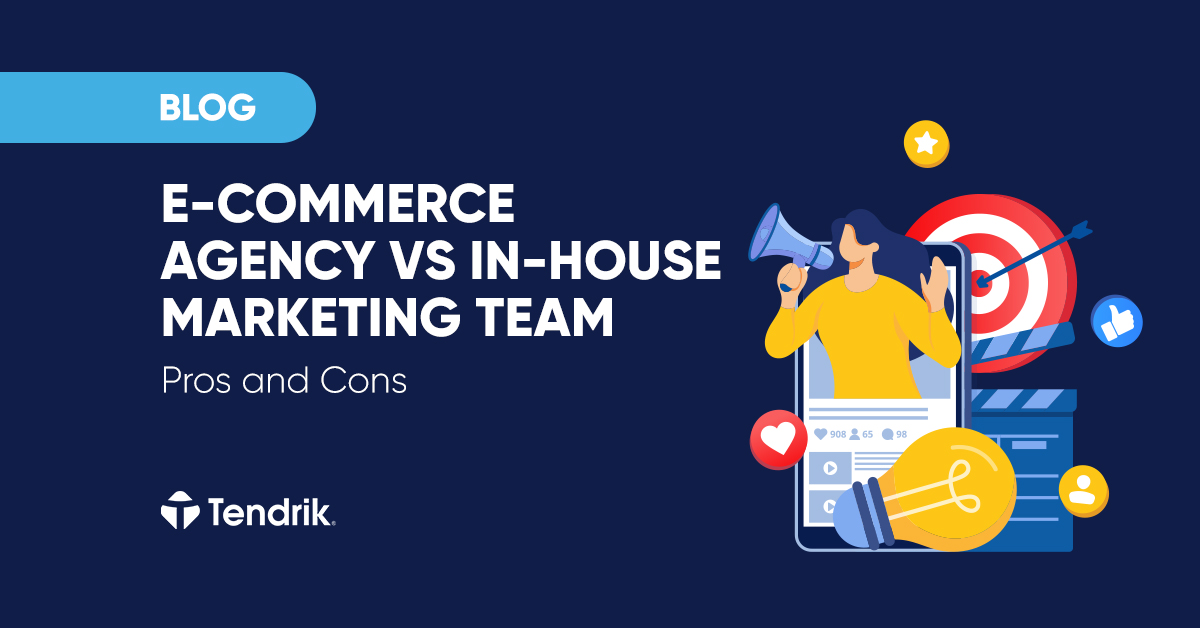The Evolution of Link Building and Why It Still Matters?
Link building has been one of the most important elements of search engine optimization (SEO) for years, and it remains a crucial factor in 2025. However, the rules of the game have changed significantly. Google’s ever-evolving algorithms, combined with AI-driven assessments, have transformed the way backlinks are evaluated. Today, earning high-quality, relevant, and natural links is the only way to improve search rankings without risking penalties.
For businesses, bloggers, and digital marketers, understanding these changes is vital. Traditional link-building strategies that once dominated the SEO world, such as buying links, excessive guest posting, or using private blog networks (PBNs), have lost their effectiveness. Instead, search engines now prioritize authority, trustworthiness, and user engagement when determining a website’s ranking power.
This article will break down the essential link-building strategies that still work, the outdated methods to avoid, and the future of backlinks in the evolving SEO landscape. Whether you’re new to link building or looking to refine your strategy, this comprehensive guide will help you stay ahead of the competition.
Understanding Link Building in 2025
What is Link Building?
Link building refers to the process of acquiring hyperlinks from other websites to your own. These hyperlinks, commonly referred to as backlinks, serve as a signal to search engines that your content is valuable, trustworthy, and authoritative. When a reputable website links to your content, it’s like receiving an endorsement, which can significantly improve your visibility in search engine results.
However, not all backlinks hold the same weight. In 2025, Google’s AI-driven ranking system assesses not just the number of links pointing to your website but also their quality, relevance, and placement within content. Spammy or low-quality url links no longer contribute to search engine rankings – instead, they can harm your SEO efforts.
Why Is Link Building Important for SEO?
Backlinks remain one of Google’s most influential ranking factors, helping websites gain credibility and higher search visibility. But in 2025, link building is no longer just about accumulating as many backlinks as possible. Instead, it’s about securing links from highly authoritative and relevant sources. Websites that earn natural, high-quality links benefit from:
- Increased domain authority, which helps search engines recognize a website as a reliable source of information.
- Higher organic rankings, as backlinks signal to Google that the website is valuable to users.
- Improved referral traffic, since visitors from linked sources can discover new content.
- Strengthened E-E-A-T Score(Experience, Expertise, Authority, Trustworthiness), which plays a crucial role in Google’s ranking decisions.
Types of Backlinks in 2025

Not all links are created equal. Understanding the different types of backlinks can help businesses focus on acquiring the most beneficial ones:
- Dofollow vs. Nofollow Links – Dofollow links pass authority from the linking site to yours, influencing search rankings. Nofollow links do not directly transfer SEO value but can still drive traffic and engagement.
- High-Authority vs. Low-Quality Links – Links from respected, well-established websites boost rankings, while links from spammy, irrelevant sites can lead to penalties.
- Editorial vs. Paid Links – Editorial links occur naturally when a website references your content. Paid links, if not properly disclosed, can violate Google’s policies.
- Contextual vs. Footer/Sidebar Links – Contextual links placed within high-quality content carry more SEO value than links placed in footers or sidebars.
Earning a mix of these high-quality links is essential for maintaining a strong SEO presence in 2025.
How Google’s Algorithm Has Changed Link Building in 2025
AI-Driven Link Evaluation
One of the biggest shifts in SEO is Google’s reliance on artificial intelligence to evaluate backlinks. Instead of simply counting the number of links a website receives, AI algorithms now assess their authenticity, placement, and relevance to user intent. Low-quality or irrelevant backlinks are quickly identified, making it harder for websites to manipulate rankings with outdated techniques.
The Role of E-E-A-T in Link Building
Google continues to refine its focus on E-E-A-T (Experience, Expertise, Authority, Trustworthiness) as a key ranking factor. Websites with high E-E-A-T scores are more likely to rank well in search results. This means that securing backlinks from reputable sources—such as government websites, industry leaders, and trusted news sites—carries more weight than ever before.
The Impact of Google’s Link Spam Update
Google’s latest spam detection updates in the end of 2024 have effectively neutralized manipulative link-building tactics. Websites that engage in aggressive link exchanges, excessive anchor text optimization, or low-quality guest posting have experienced ranking penalties. The focus is now on natural, organic link-building efforts that genuinely add value to users.
Outdated Link Building Strategies That No Longer Work
As search engines become more sophisticated, many traditional link-building strategies have become obsolete. Here are some methods that no longer deliver results in 2025:
Buying Links
Purchasing backlinks was once a common way to manipulate search rankings, but Google’s AI can now detect unnatural link patterns more effectively than ever. Websites caught engaging in paid link schemes risk severe penalties, including removal from search results.
Exact-Match Anchor Text Abuse
Over-optimizing anchor text by using the exact same keyword repeatedly is a red flag for Google. Natural anchor text variations, including branded terms and partial matches, are now favored over keyword stuffing.
Private Blog Networks (PBNs)
PBNs, or networks of websites created solely to generate backlinks, have been devalued by Google’s algorithm. While they once provided a shortcut to higher rankings, search engines can now detect and penalize sites using PBNs to manipulate search results.
Low-Quality Guest Posting
Guest blogging remains a valid link-building strategy, but only when executed properly. Posting low-quality, irrelevant content on external sites solely for link-building purposes is now ineffective. Google has cracked down on mass-produced guest posts, favoring well-researched, authoritative articles published on high-quality sites.
Forum Profile Links & Blog Comments
While commenting on industry blogs and forums can drive engagement, these links no longer hold significant SEO value. Automated comment spam and forum profile links are considered low-quality and have minimal impact on rankings.
Reciprocal Linking & Link Exchanges
Engaging in excessive link exchanges can raise red flags with search engines. While linking to relevant partners naturally is acceptable, websites that exchange links purely for SEO gain may face penalties.
What Still Works? Effective Link-Building Strategies for 2025
As outdated link-building strategies become ineffective, modern SEO professionals must shift their focus to ethical, value-driven methods that align with Google’s ranking principles. Instead of seeking shortcuts, success in 2025 depends on creating genuinely useful content, building real relationships, and leveraging AI tools responsibly. Below are the strategies that continue to deliver outstanding results.
Content-Based Link Building
Creating Link-Worthy Content
Content remains the backbone of any successful link-building strategy. Google favors websites that provide high-quality, engaging, and informative content that naturally attracts backlinks. The most effective content types for earning links include:
- In-depth guides and educational resources – Long-form content that answers specific industry questions is highly shareable and earns editorial backlinks from authoritative sources.
- Data-driven research and reports – Original research, surveys, and statistical reports are widely cited by journalists and bloggers, increasing the likelihood of organic backlinks.
- Infographics and visual content – Well-designed infographics simplify complex information, making them highly shareable on social media and blogs.
- Interactive tools and calculators – Online tools that offer value, such as mortgage calculators or ROI estimators, attract backlinks from industry websites that recommend them.
Expert Roundups & Collaborative Content
Another powerful method for securing high-quality links is collaborating with industry experts. By compiling insights from top professionals into a single, valuable resource, you encourage contributors to share and link back to the content. This strategy strengthens credibility and expands your audience reach.
Digital PR & Outreach
Leveraging Digital PR for Backlinks
Traditional PR techniques have merged with digital marketing to become a vital part of link-building. Instead of simply reaching out for backlinks, businesses must create newsworthy content that journalists, bloggers, and online publications want to feature.
How to Pitch Journalists and Bloggers
- Personalize Your Outreach – Avoid sending generic emails; tailor your message to each recipient.
- Offer Exclusive Insights – Unique data, case studies, or research findings increase your chances of getting featured.
- Be Concise and Direct – A well-structured pitch with a compelling hook improves response rates.
Using HARO (Help a Reporter Out) & Qwoted
Journalists and content creators regularly use platforms like HARO and Qwoted to find expert sources. By responding to relevant queries with valuable insights, businesses can earn natural backlinks from authoritative media outlets.
Leveraging Social Media for Link Building
Social platforms can amplify link-building efforts when used strategically:
- Share high-quality content on LinkedIn, Twitter, and industry-specific groups to attract organic backlinks.
- Engage in discussions on relevant topics to position yourself as an authority and increase visibility.
- Collaborate with influencers who can reference your content and generate organic mentions.
Link Reclamation & Unlinked Brand Mentions
How to Find and Claim Unlinked Mentions
Sometimes, websites mention your brand but don’t include a link. These are missed opportunities for backlinks. Tools like Google Alerts, Ahrefs, and Moz can help identify such mentions, allowing you to reach out and request a link inclusion.
Broken Link Building
Websites frequently have outdated or broken links, providing an excellent opportunity to offer your content as a replacement. By identifying dead links and reaching out to site owners with relevant alternatives, you can secure high-authority backlinks while helping others improve their content.
Reclaiming Lost Backlinks
Backlinks can be lost due to website restructuring, page deletions, or expired domains. Regular backlink monitoring through SEO tools helps identify lost links, enabling businesses to reclaim them by requesting site owners to reinstate the link or redirect broken URLs.
Guest Posting (Done the Right Way)
While Google discourages low-quality guest posting for SEO, high-value guest blogging remains a legitimate strategy when executed correctly.
Successful guest posting involves:
- Publishing on authoritative and industry-relevant websites.
- Creating high-quality, research-backed content that provides real value.
- Using natural, contextual backlinks instead of forced keyword anchor text.
When done strategically, guest posting helps build relationships, expand audience reach, and strengthen authority in your niche.
Link Insertions & Niche Edits
Niche edits, also known as contextual link insertions, involve adding backlinks to existing, high-ranking content. When done ethically, this can be a powerful strategy to improve search rankings without creating entirely new articles.
Best practices include:
- Reaching out to relevant, high-quality websites that already rank well.
- Offering to enhance their content with valuable, updated information in exchange for a link.
- Avoiding link schemes or unnatural placements that might trigger Google penalties.
Local SEO and Link Building

For businesses with a local presence, securing local backlinks is essential for improving visibility in Google’s Local Pack and regional search results.
Building Links Through Local Directories
Submitting business listings to reputable local directories, such as Google Business Profile, Yelp, and Chamber of Commerce websites, helps strengthen local SEO authority.
Partnering with Local Businesses
Collaborating with complementary local businesses on events, sponsorships, or co-marketing efforts can lead to natural backlinks from their websites.
Leveraging Local Press & Community Events
Participating in community activities, hosting local events, and engaging with regional media outlets can generate press coverage and quality backlinks from trusted sources.
AI & Automation in Link Building
AI-powered tools have revolutionized link-building by streamlining research, outreach, and analytics. However, automation should complement, not replace, human efforts.
How AI Helps with Link Building
- Identifying relevant backlink opportunities through data analysis.
- Automating personalized email outreach at scale.
- Tracking backlink growth and competitor strategies more efficiently.
While AI can enhance productivity, excessive reliance on automated tools can lead to impersonal communication, which reduces response rates and engagement.
Measuring the Success of Your Link-Building Efforts
Tracking performance is essential to determine which link-building strategies drive real results.
Key Metrics to Monitor
- Domain Authority (DA) & Page Authority (PA) – Indicate the trustworthiness of a site’s backlink profile.
- Organic Traffic Growth – Demonstrates whether backlinks are contributing to higher search visibility.
- Referral Traffic & Conversions – Helps analyze whether visitors from backlinks engage with your site.
- Link Velocity & Growth Trends – Assesses the rate of new backlinks being acquired.
Best SEO Tools for Link Analysis
Several SEO tools help track and analyze backlinks:
- Ahrefs – Comprehensive backlink tracking and competitor analysis.
- SEMrush – Identifies link-building opportunities and monitors toxic backlinks.
- Moz – Evaluates domain authority and spam score.
- Majestic – Specializes in link trust and citation flow analysis.
- Google Search Console – Provides insights into backlinks pointing to your website.
Regularly reviewing these metrics ensures that your efforts yield sustainable SEO benefits.
Common Link-Building Mistakes to Avoid in 2025
Even well-intended link-building efforts can fail if common pitfalls are ignored. Some mistakes to avoid include:
- Prioritizing quantity over quality – A few authoritative backlinks hold more weight than hundreds of low-quality ones.
- Ignoring relevance – Backlinks should come from industry-related websites, not random sources.
- Neglecting internal linking – Strengthening internal site structure improves SEO.
- Using automated tools irresponsibly – AI should enhance, not replace, human interaction in outreach.
- Failing to monitor backlink health – Regularly reviewing your link profile helps identify lost or harmful links.
In 2025, link-building success depends on authenticity, relevance, and value-driven outreach. Websites that prioritize content excellence, industry relationships, and ethical link-building techniques will continue to thrive in search rankings.

